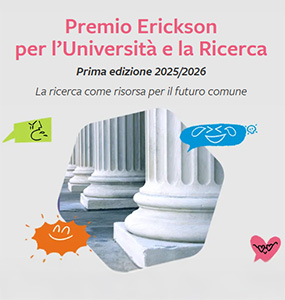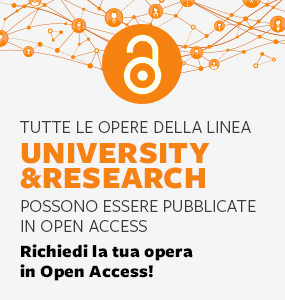Describing Pictorial Art for Visual Impairment. From Comparing Descriptive Models to Developing an Integrated Audio Description Protocol
Andrea Fiorucci, Antonio Donno
In recent years, the issue of making pictorial art accessible to people with visual disabilities has fostered the development of descriptive protocols aimed at translating visual language into verbally rich and perceptually effective narratives. In this context, various institutions, both national and international, have developed guidelines for verbal description that, while sharing core principles such as the centrality of language, sequential structure, and perceptual clarity, differ in their objectives, methodological approaches, and degree of sensory engagement. This article presents a comparative analysis of three of the most prominent sets of guidelines currently available: the Guidelines for Verbal Description developed within the U.S. project Art Beyond Sight; the accessible descriptions from the National Gallery of Art in Washington, specifically designed for independent digital use; and the Italian protocol DescriVedendo, created by the Associazione Nazionale Subvedenti (ANS). The comparison highlights both convergences and significant differences, outlining three complementary visions of aesthetic accessibility. This methodological dialogue leads to the proposal of an integrated descriptive protocol, designed to draw on the most effective elements of each model and to promote greater consistency and communicative effectiveness.
Keywords
Accessibility, Visual impairment, Verbal description, Pictorial and visual arts, Inclusion.


